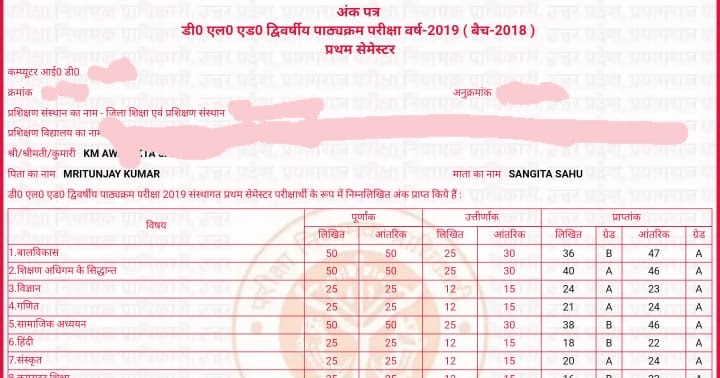
Likewise, Ryerson markets itself as “Canada’s leader in innovative, career-focused education” (Ryerson University, About Ryerson) and “one of the most applied-to universities in Ontario” (Ryerson University, History of Ryerson), with a mission for addressing applied knowledge and applied education. BCIT positions itself as “providing high quality technical and professional education and training that supports our graduates as practitioners and as citizens and by advancing the state-of-practice” (BCIT, BCIT Guiding Statements).

However, these two institutions are comparable basically because both are mandated to offer career-ready education. In the less nominally differentiated Ontario post-secondary system, Ryerson University is an institution in the university sector, which predominantly consists of comprehensive universities. In the BC post-secondary education system, BCIT is considered to occupy a unique position as one of the institutes that offer specialized programs with a provincial mandate, focusing on trades and technology (BCCAT, BC post-secondary system). The results are examined and interpreted in light of Birnbaum’s (1983) and Huisman’s (1998) framework on institutional diversity and differentiation. In this paper, I would like to compare British Columbia Institute of Technology (BCIT) in British Columbia (BC) and Ryerson University in Ontario with respect to their present educational practices and their institutional development. I invite comments, questions and suggestions to improve this article.

( Note: I wrote this article as an assignment for the course TPS 1821 – Institutional Differentiation in Post-secondary Education, submitted on Feb.


 0 kommentar(er)
0 kommentar(er)
